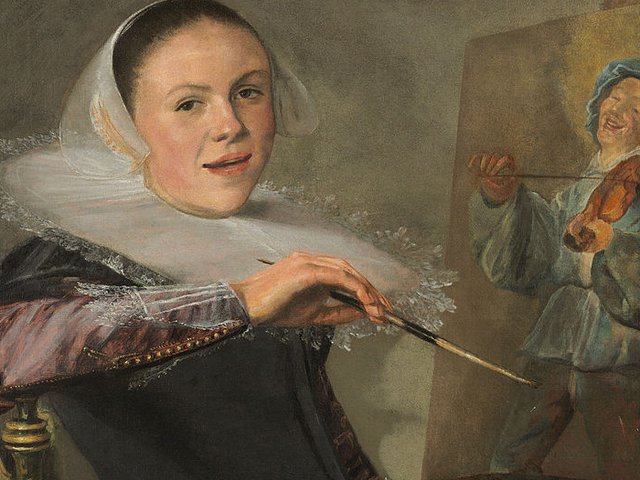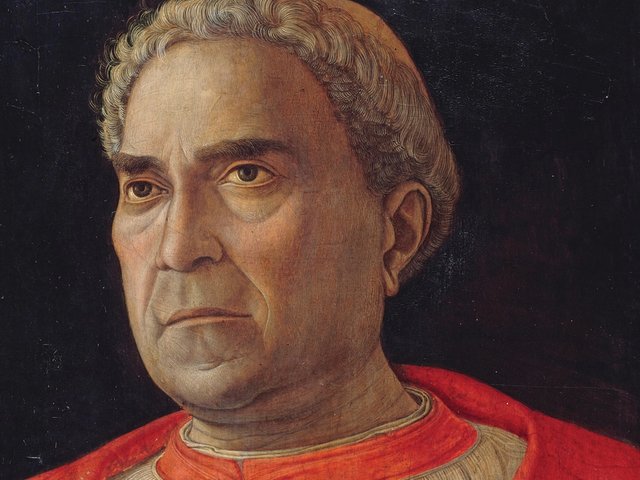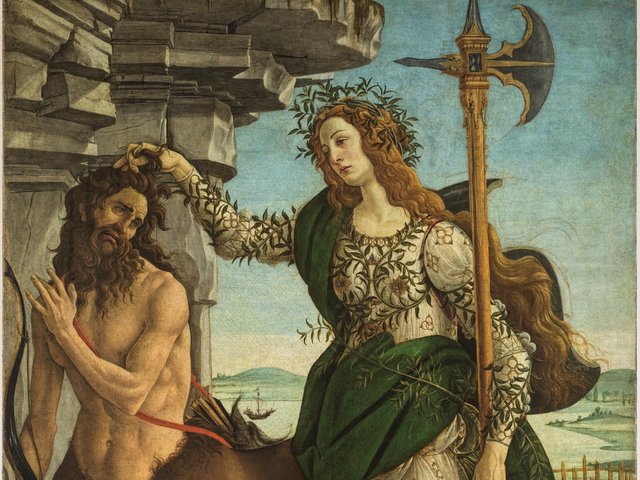The Italian Renaissance did indeed produce Renaissance men—architect-goldsmiths, sculptor-painters, statesmen-patrons and the like—but they were only part of the story. From the perfecting of perspective in 15th-century Florence to the peninsula-wide triumph of the Baroque two centuries later, women were distinguishing themselves in the arts as everything from highly conspicuous patrons to enterprising craftspeople, but little is still known about them. The Museum of Fine Arts (MFA), Boston aims to fills in some of the gaps with Strong Women in Renaissance Italy.
Using more than 100 works, largely from the MFA’s own collection, the show will take a generous approach, connecting pre-Renaissance Siena with 17th-century Naples. The cast of characters includes Isabella d’Este, who helped turn Mantua into a leading Renaissance court, and Doña Gracia Nasi the Younger, an Antwerp-born Sephardic Jew who ended up in Constantinople by way of Venice and Ferrara. Her Jewish origins and loyalties were defiantly commemorated in a bronze medal made by the Tuscan Pastorino di Giovan Michele de’ Pastorini in around 1558.
The MFA purchased the piece in 2021, and the show, in the planning for more than five years, takes advantage of other recent acquisitions, including the museum’s first work by Artemisia Gentileschi, The Sleeping Christ Child (1630-32). Though generally considered a Baroque artist, Gentileschi has a place in the show, says the curator Marietta Cambareri, because her tiny painting on copper demonstrates “continuity with [the] devotional life of the Renaissance”. Besides, she adds, “how could I not put in our new Artemisia?”
The show highlights works by women painters newly appreciated in recent years, such as a self-portrait (around 1556) by Sofonisba Anguissola, the Cremonese artist who worked at the Spanish court of Philip II, and an undated Madonna and Child by Ravenna’s Barbara Longhi. Cambareri says the origins of the show date back around 15 years, when she became convinced that the MFA’s Bust of Cleopatra (around 1519-22) by Pier Jacopo Alari Bonacolsi was commissioned by Isabella, around the time she ruled Mantua as regent for her son.
Another show about women opening next month casts a wider net. Making Her Mark: A History of Women Artists in Europe, 1400-1800 at the Baltimore Museum of Art (BMA) gathers loans from across North America and Europe, extending its reach from Renaissance Italy to Georgian England. The mission of the show, says the co-curator Andaleeb Badiee Banta, is to disprove conventional narratives of art history by using around 200 works across a range of media to demonstrate that “women artists were not rare or hard to come by”, but in fact “were involved in every level of artistic production”.
Making Her Mark brings together some of the best-known paintings by women in US museums, including the Dutch Golden Age painter Judith Leyster’s ebullient Self-Portrait (around 1630). The show will also cover new ground by establishing that works previously associated only with men were probably made—at least in part—by women, such as a tapestry from Rome’s Barberini Manufactury. The lavishly rendered Ovidian scene, Apollo and Attendants Flaying Marsyas, dates to around 1662. “In doing research, we learned this was a time when the workshop was run by women,” Banta says, and the work is now linked to the workshop director Maria Maddalena della Riviera.
• Strong Women in Renaissance Italy, Museum of Fine Arts Boston, 9 September-7 January 2024
• Making Her Mark: A History of Women Artists in Europe, 1400-1800, Baltimore Museum of Art, 1 October-7 January 2024






